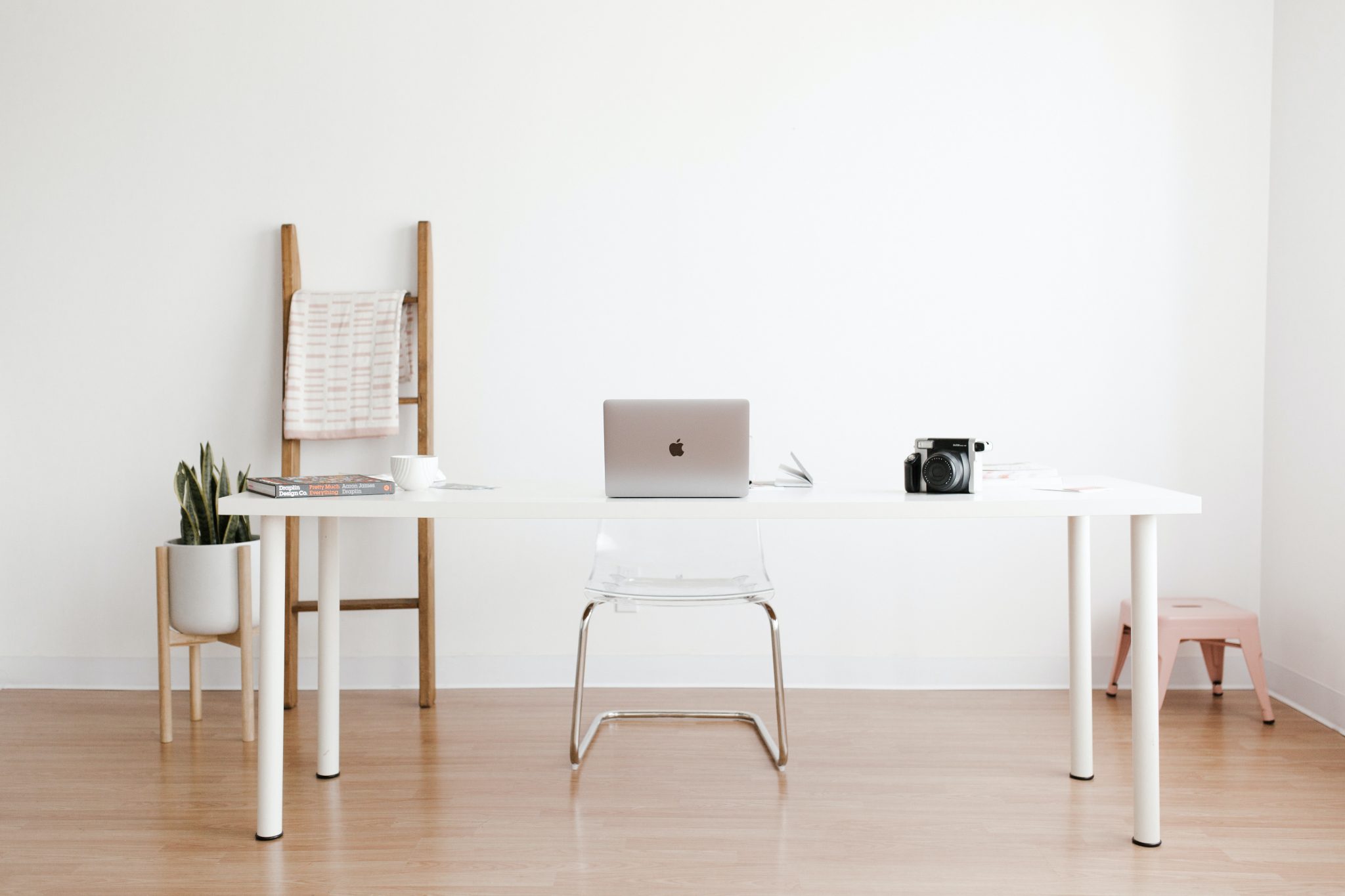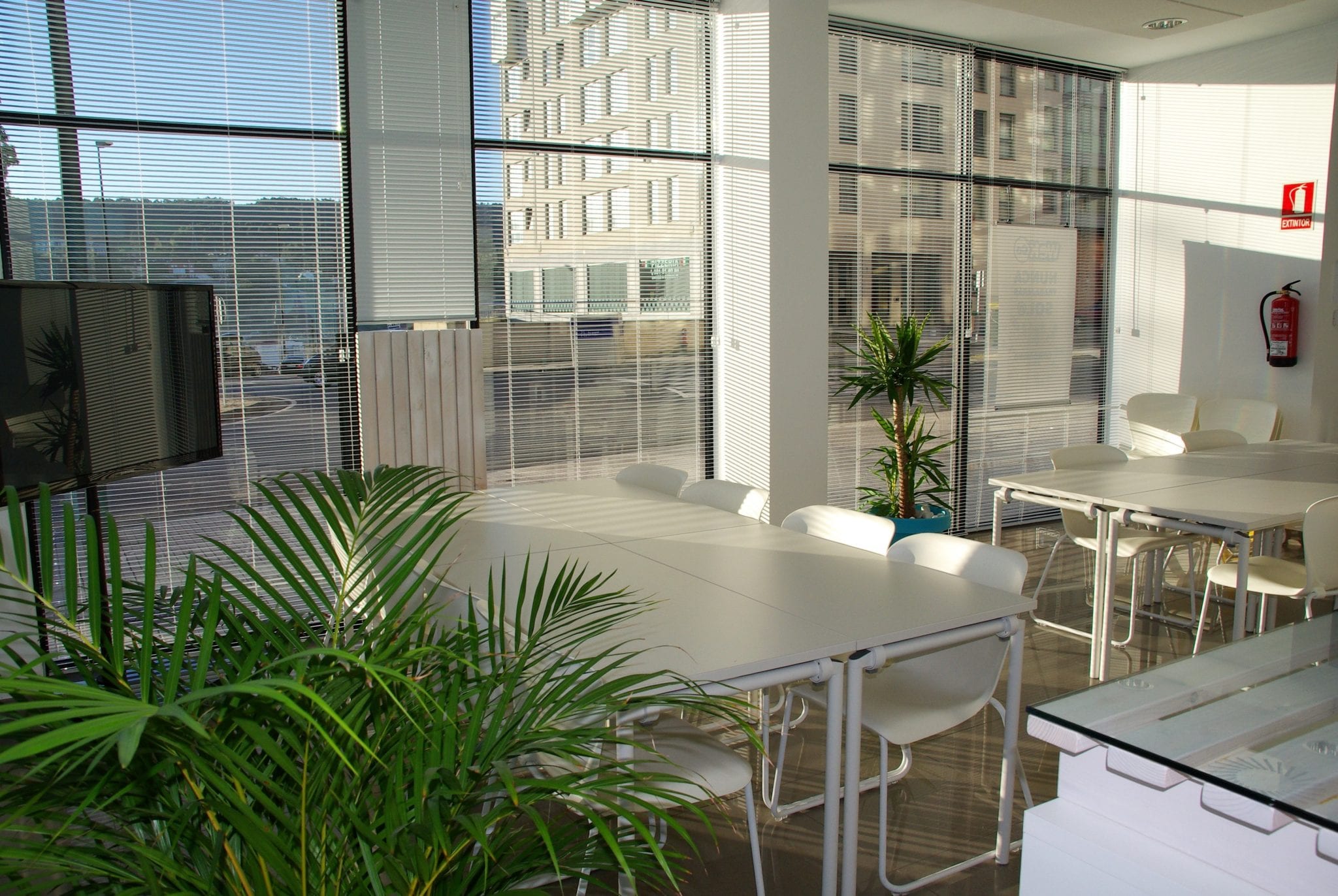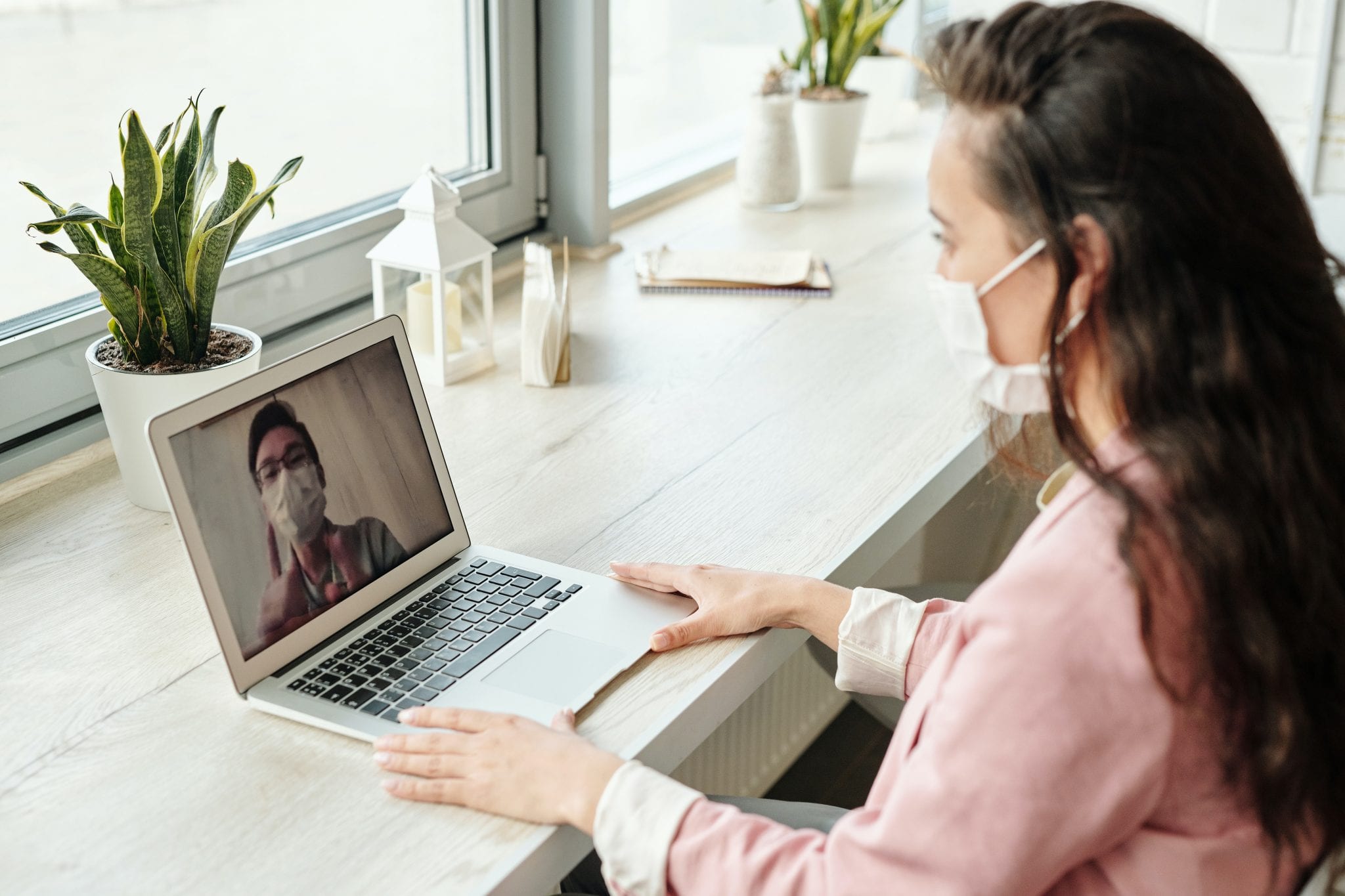
These final months of the year keep getting colder and colder. Of course, some people love the cold, especially after a blazing hot summer. However, no matter how you feel about the cold, it’s essential to understand that being cold can actually hurt your productivity.
When you’re cold, your body expends more energy trying to keep warm. Unfortunately, this can make it difficult to focus and maintain energy and power throughout a long shift. Cornell University performed a study that showed that employees committed 44% more errors in their work in a cold setting instead of a warmer one.
Here are some tips for warming up your body and your brain so that cooler weather doesn’t compromise your seasonal productivity:
Grab a Space Heater
It’s understandable if you don’t want to crank up the heat throughout the entire building if you’re just a little bit chilly. Not only might this inconvenience others, but it can also run your utility up considerably. A small space heater can do the trick in this scenario.
Space heaters can be set to target temperatures so that they aren’t constantly running but will quickly flip on when things get chilly. However, leaving a space heater on for too long or unattended can be a fire hazard, so be sure to unplug it when you leave the room. Additionally, keep the surrounding area around it clear, and you won’t experience any problems.
If you want a more focused heating experience, try a heated blanket. You can wrap the “blankie” around your legs or shoulders to warm up key areas of your body. Just make sure the heat and comfort don’t make you drowsy, causing you to lose productivity.
Bundle Up
Shorts are so comfortable, but you’re going to need to start bundling up a little bit more. Just look on the bright side; winter layers offer many more opportunities to show off your style and fashion sense. Besides, you can always peel off extra layers when you’re feeling too warm. You can’t conjure up a jacket if you leave it at home.
For at-home workers, bundling up presents an interesting dilemma. The outfit of choice during the latter half of the year often includes a pair of cozy sweatpants. While it’s essential to keep warm, make sure your clothing isn’t putting you in the wrong state of mind for a productive day.
If you get cold hands but need to type all day, try on a pair of fingerless gloves. There are all kinds of typing gloves on the market to keep your digits warm while retaining dexterity.
Do Some Exercise
If you feel the cold making it difficult to focus, get up and do some light exercise. A few small exercises will get your blood pumping to warm up your body and reactivate your mind. Of course, there’s no need to hop on the treadmill to warm up; just do something simple at your desk.
For example, you can set a recurring reminder in your Calendar to stand up and do 15 jumping jacks every hour. The people in our office do all kinds of exercise during work. Jumping jacks, situps, running in place, or going up and down the stairs in the building, stretching, and a variety of other activities to keep the blood flowing and the mind awake.
These short activities won’t make for much of a weight-loss routine, but they will help keep you warm and active during the fall and winter months. In addition, coworkers can join in on exercise fun, leading to a fun office tradition.
Watch What You Eat
What you put into your body can help regulate your temperature or make matters worse. You might love ice cream more than anything in the world, but that’s certainly not going to help you focus on productivity on a chilly day. Your best bet is to try something warmer. Coffee, a little green tea, hot chocolate — there are many options.
Coffee and tea are popular drinks, especially at this time of year. Sipping on a hot drink will warm you inside and out. Not to mention that these drinks also contain properties that are designed to perk you up even on the earliest and chilliest of mornings.
Be wary of the effects of these drinks — and watch to see if they’re helping more than hurting. For example, some people are sensitive to caffeine, so while you might enjoy getting warmed up and energized, your hyperactivity might make it difficult to concentrate on project details. You also need to stay hydrated even when it’s cold, so be wary of drinking too much of something that’s not doing the job.
Get Some Sun
Not only does the sun help warm you up, but it’s also an important ward against seasonal depression. Sometimes the cold and dark affects you more mentally and emotionally than it does physically. Shining some extra light in your life will help on both counts.
During times and regions where the sun doesn’t shine in too often, look at compensating with some artificial light. For example, a small desk lamp can be strategically placed to light up your workspace when outside is nothing but dark and gloomy. You can even alarm clocks that simulate the rising sun, helping you start each morning on a more positive note during the colder months.
Spend Time With Others
Time spend with other people isn’t a suggestion to huddle together with your coworkers like penguins. Instead, try to make time for healthy social interactions. Sharing a laugh with others is a great way to keep seasonal depression at bay and warm up your emotional state.
Different challenges such as Covid-19, remote work, and even social anxiety make this challenging for some. So get to your Zoom calls a minute early and chat with your team or join online groups with people sharing similar interests. A little social interaction can go a long way when the winter woes are pulling you down.
Baby, it’s cold outside,– but that doesn’t mean your productivity has to freeze over. Instead, keep yourself nice and warm, and you won’t have a problem making the next months just as purposeful as the rest of the year.




